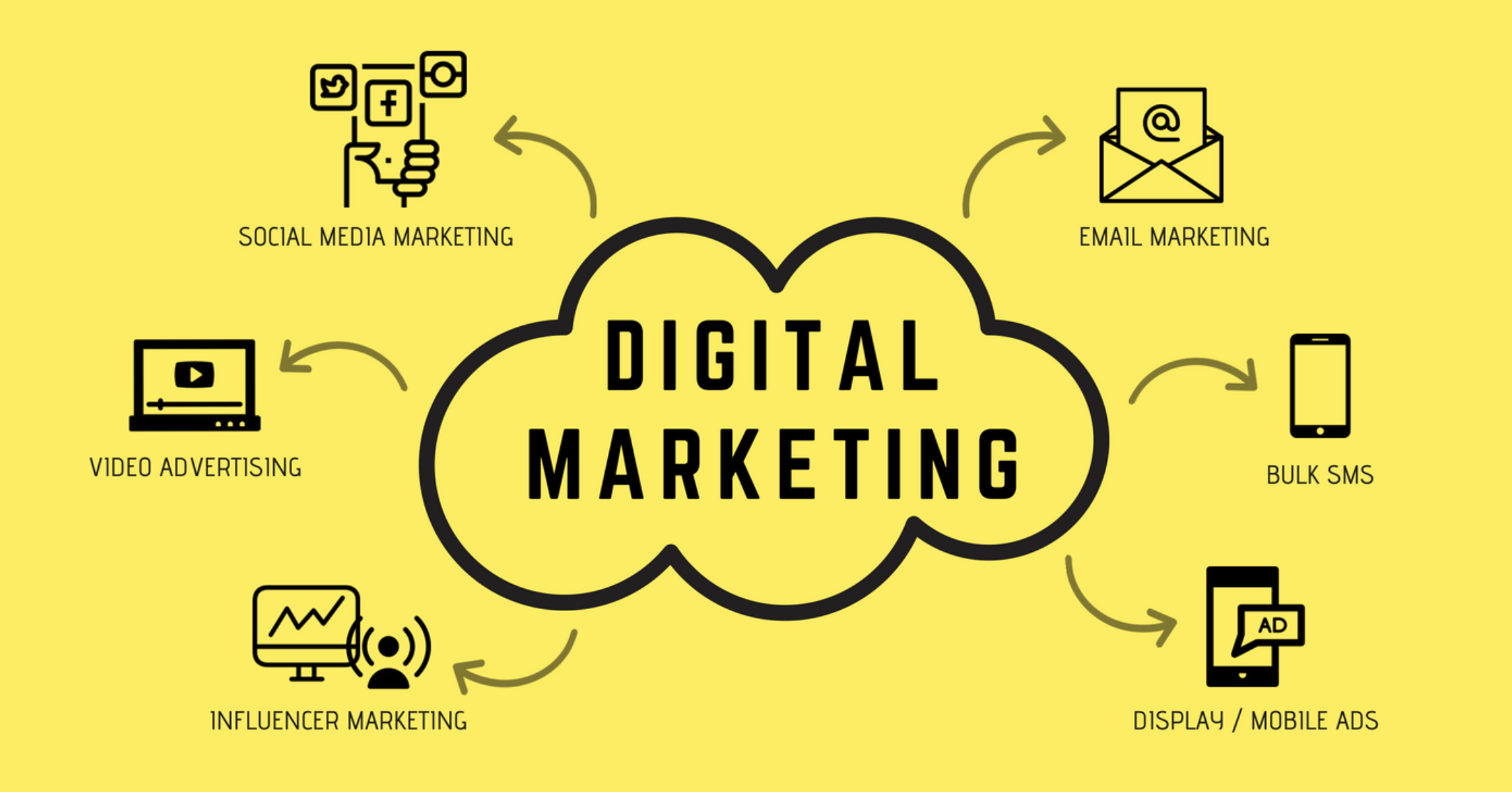Redefine Looks with Web Design Carlsbad: Where Elegance Fulfills Feature
Wiki Article
Enhance Individual Experience and Drive Traffic With Receptive Internet Design
In today's digital landscape, where customers are accessing internet sites from a multitude of devices, receptive website design has become more vital than ever before. With its capability to adapt and perfectly adapt to different screen dimensions, receptive style not just boosts individual experience but additionally drives website traffic to your website. Why is this design strategy so critical? Just how does it improve user involvement and boost website traffic? In this conversation, we will check out the vital elements of effective responsive design, explore the most effective techniques for its implementation, and reveal the secrets to boosting user experience while driving more web traffic to your internet site.Why Receptive Website Design Matters
Receptive web style is a necessary aspect of contemporary web development as a result of its capability to make certain optimal customer experience throughout numerous devices and screen sizes. With the expansion of smartphones, tablet computers, and other smart phones, it has become crucial for sites to adapt and offer smooth functionality regardless of the device being used.The key reason receptive website design issues is that it permits users to have a constant and delightful searching experience, no matter of the gadget they are utilizing. A responsive internet site instantly adjusts its design, layout, and web content components to fit the screen size and resolution of the tool, making certain that individuals can conveniently navigate and communicate with the web site with no aggravation or disappointment.
Additionally, responsive web style also plays a considerable duty in seo (SEO) Online search engine, such as Google, focus on web sites that are mobile-friendly and responsive in their search results page. By integrating receptive layout principles, web sites can boost their presence and ranking, resulting in raised natural traffic and possible customers.

Boosting User Involvement With Responsive Style
Enhancing customer interaction is a key goal of responsive layout, as it ensures that customers can easily gain access to and engage with site web content on any type of tool. With the increasing use smartphones and tablets, it is vital for internet sites to adapt to various display sizes and resolutions. Receptive design makes it possible for internet sites to immediately readjust their format and material to provide a seamless user experience throughout devices.One of the main ways receptive design increases user interaction is by reducing lots times. With a responsive website, users do not have to await different mobile versions to tons, resulting in quicker accessibility to material. This better rate results in greater individual contentment and urges them to invest even more time on the website.
In addition, responsive layout boosts customer interaction by improving navigation and interface (Web Design). When a site is created responsively, buttons and food selections are maximized for touch communications, making it less complicated for individuals to browse and communicate with the website on their smart phones. This intuitive and easy to use experience maintains individuals engaged and motivates them to discover more of the web site
Furthermore, receptive style permits for much better material visibility and readability. By adapting the format and typeface dimensions to various devices, responsive sites ensure that customers can easily comprehend the content and check out. This enhances customer engagement by lowering the requirement for zooming or scrolling to check out the message.
Increasing Site Website Traffic With Responsive Website Design
With the growing popularity of smart phones, having an internet site that is receptive to different screen dimensions and resolutions is necessary for driving raised web traffic. In today's digital landscape, customers are accessing web sites from a selection of tools such as mobile phones, tablet computers, and home computer. Each of these gadgets has different screen dimensions and resolutions, and if your web site is not created to adapt to these variations, it can cause an inadequate user experience and a loss of potential website traffic.
Responsive website design guarantees that your website looks and operates ideally throughout all gadgets. By utilizing versatile grids, fluid images, and media queries, receptive design enables your website to automatically change its content, format, and navigating to fit any screen size. This indicates that customers will have a seamless surfing experience no matter of whether they are making use of The Ad Firm web design agency a big desktop or a little mobile phone computer system.
Key Aspects of Efficient Responsive Design
Effective responsive style incorporates numerous key elements that make sure a seamless user experience throughout various tools. This allows content to be presented in a legible and visually attractive manner on any type of tool.Another essential aspect is media inquiries. These enable designers to apply various designs and layouts based on the attributes of the individual's gadget, such as display size and orientation. By utilizing media queries, developers can optimize the discussion of web content for each and every tool, making sure that it is readable and quickly available.
Receptive photos are also critical in effective receptive design. Photos that are too huge can reduce web page load times on mobile gadgets, while photos that are also small might appear pixelated on bigger screens. By utilizing strategies such as receptive photo resizing and lazy loading, designers can ensure that pictures are suitably sized and optimized for each device.
Finally, effective receptive design includes a mobile-first method. This means focusing on and creating web content for mobile phones first, and afterwards enhancing the layout and increasing for bigger screens. This technique makes certain that one of the most crucial web content is quickly available on smaller screens, while still offering a rich experience on larger gadgets.
Ideal Practices for Executing Receptive Website Design
Executing receptive website design requires mindful factor to consider of various finest methods to make certain an ideal user experience across different gadgets. When carrying out responsive internet design., below are some vital best techniques to follow.Firstly, it is critical to focus on mobile individuals. With the boosting supremacy of mobile phones, creating for mobile-first has become essential. Beginning deliberately for smaller sized displays and then considerably boost the format for bigger displays.

One more important finest practice is to enhance images for different display resolutions. Large images can reduce down the filling time of your internet site, particularly on mobile phones with slower links. Use responsive pictures that can be resized based on the gadget's screen resolution to boost efficiency.
Furthermore, test your website on different devices and screen sizes to make certain a smooth and consistent experience. There are numerous screening tools readily available that can assist you determine any type of concerns and make required adjustments.
Lastly, prioritize functionality and accessibility. Guarantee that your web site is very easy to navigate, with succinct and clear material. Make certain that your website is available to individuals with impairments and adheres to accessibility guidelines.
Verdict
In verdict, receptive website design plays a vital role in boosting user experience and driving web traffic to web sites. By embracing responsive design principles, websites can make sure optimum viewing experiences throughout various tools, resulting in raised user engagement (seo Carlsbad). Receptive layout can also add to greater website traffic as it enhances search engine rankings and facilitates very easy sharing of content. Services should concentrate on applying the vital components and ideal techniques of receptive design to properly meet the demands of contemporary customers.Maximizing customer engagement is a vital objective of responsive style, as it makes certain that individuals can conveniently gain access to and interact with web site material on any type of device. Receptive layout allows web sites to immediately change their design and content to supply a smooth customer experience across tools.
Furthermore, receptive style improves customer engagement by improving navigating and individual interface.Receptive pictures are also important in reliable receptive layout. By embracing receptive style concepts, websites can ensure optimal checking out experiences throughout different tools, leading to boosted customer involvement.
Report this wiki page